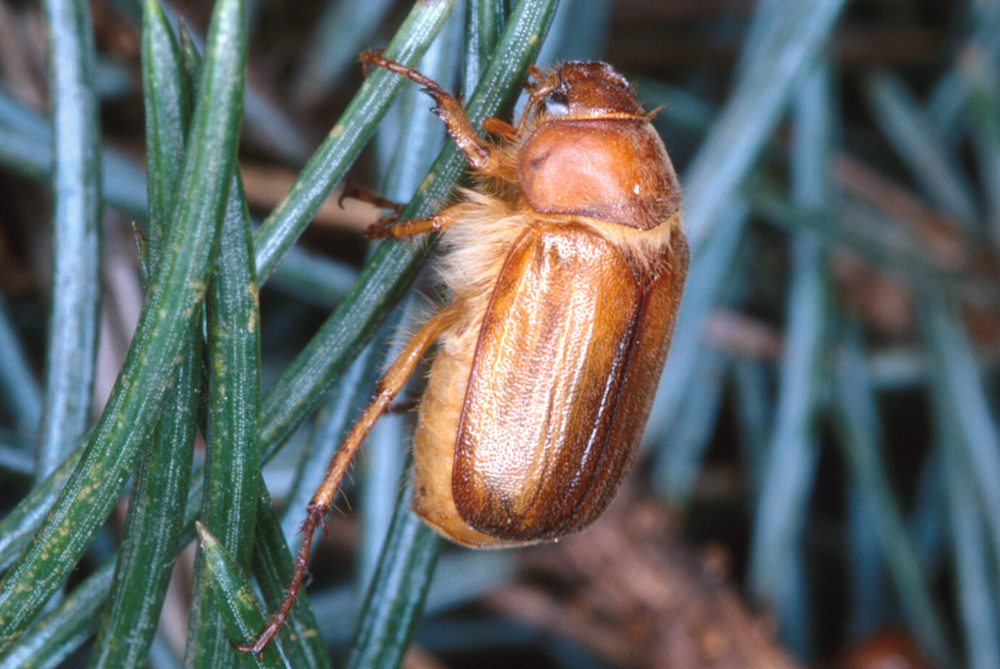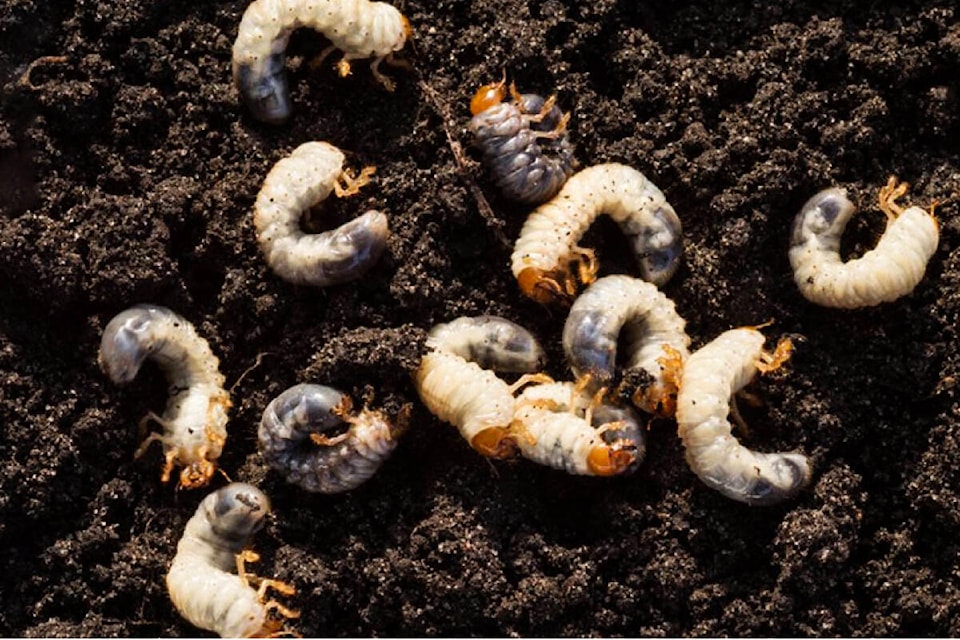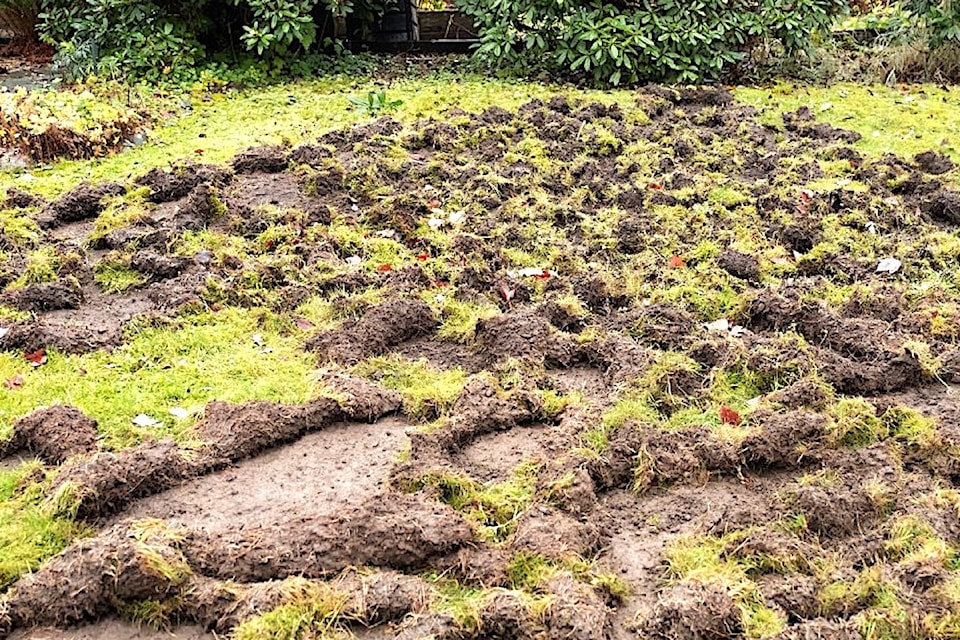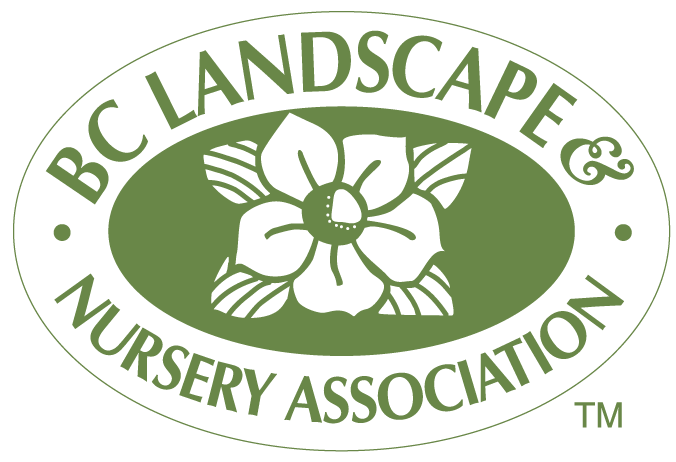European Chafer Beetle
European Chafer Beetle
amphimallon majale
The European chafer beetle, Amphimallon majale, is an invasive pest first detected in British Columbia in 2001 in New Westminster. While there are rumors as to how this beetle came to BC, the point of entry is not officially known. It has since spread across the province, causing significant damage to lawns, parks, golf courses, and other green spaces.
Life Cycle and Identification
The European chafer beetle has a one-year life cycle, with adult beetles emerging for a brief period in late May to June to mate and lay eggs.
Adults
- Light brown, 1–1.5 cm long
- White fluffy hairs on the underside of their thorax
- Often gather around tall objects like trees and buildings during mating

Larvae or Grubs
- C-shaped, 0.5–2.5 cm long
- White body with grey posterior segments
- Tan head capsule with three pairs of short legs
- Live 5 cm underground when above 15°C
- Burrow deeper during cold periods
- Most damaging life stage to grass roots

Damage and Impact
The damage from European chafer beetles is most severe in the fall and spring, when third-instar larvae feed voraciously on grass roots. This root damage weakens turf, causing it to turn brown and feel spongy underfoot — affected sections can often be rolled back like loose carpet.
Compounding the issue, predators such as crows, skunks, and raccoons tear up lawns as they forage for the grubs, leading to further disruption.
The impact extends beyond residential properties, posing a significant risk to commercial turf operations, including sports fields, golf courses, and sod farms, where the pest's spread threatens both aesthetics and functionality.

Management and Prevention
With an increased focus on non-chemical pest control, insecticidal treatments are not recommended in urban settings. Instead, the most effective approach combines proper lawn care with biological controls:
- Lawn Maintenance: Keep lawns healthy by ensuring they are well watered, fertilized, and mowed at the correct height. Strong turf is more resistant to pest damage.
-
Biological Controls:
- Heterorhabditis bacteriophora nematodes, available at garden centers, naturally parasitize chafer larvae.
- Bacillus thuringiensis var. galleriae (Btg), registered in 2019, is a biological control agent that targets the larvae.
-
Chemical Controls:
- Larvicides containing imidacloprid, clothianidin, chlorantraniliprole, and tetraniliprole are available in commercial formulations.
- These can only be applied by commercial applicators.


